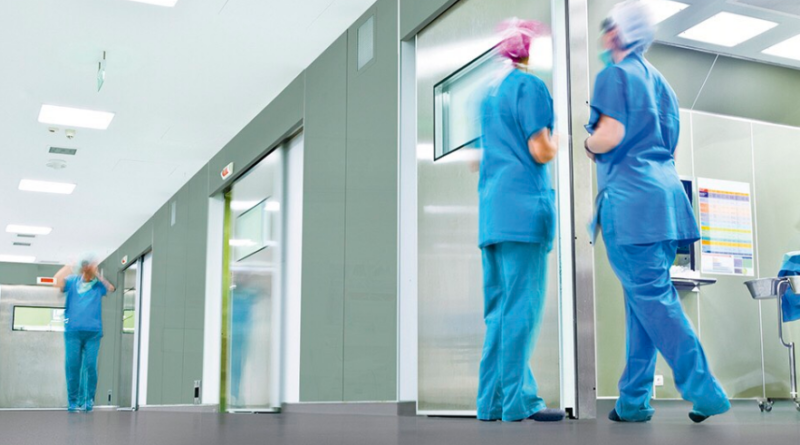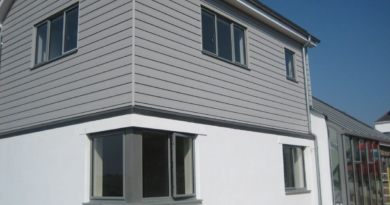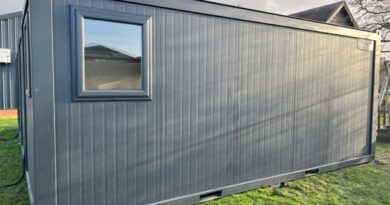Hygienic Wall Cladding, why is it important?
Hygiene has always been an important part of our daily lives, but it has taken on new significance in the age of Covid-19. On a global scale, it is one of the most relevant topics today.
Therefore, whether it is an healthcare industry, a food industry, a veterinary surgery or a specialised care centre, maintaining a hygienic environment will reduce the spread of bacteria and other harmful viruses or ensure that food is safe to eat.
Good hygiene habits, also, can improve your overall sense of wellbeing and provide a cleaner working environment for staff members and more hygienic experience for patients or consumers.
What is Hygienic wall cladding?
In today’s climate, there is no excuse for neglecting hygiene; everyone has a responsibility to themselves and to others. This is why, many businesses are trying to respect healthcare insurance guidelines by renovating their workplaces with PVC hygienic wall cladding.
PVC wall cladding eliminates the need to repaint walls or the need of a whole renovation. This is a great investment for property owners who don’t have enough money to make expensive changes and repairs, but want to follow safety regulations.
Types of Hygienic wall cladding?
PVC wall cladding
First of all, cladding refers to any material attached to the main building structure, acting like a “skin”. It is a material that it can be used for both aesthetic and functional purposes. For example, cladding can be used to create an attractive interior finish, or it can be used to improve the thermal insulation of a building.
There are many different types of PVC cladding available on the market including;
Metal,
Stone,
Glass,
and plastic.
Each type of cladding has its own advantages and disadvantages, so it is important to choose the right type of cladding for your project.
Nowadays, one of the main type of cladding used by businesses is the hygienic wall cladding.
PVC hygienic wall cladding
More precisely, hygienic wall cladding involves fitting specially designed PVC cladding sheets to walls.
It is made out of UV stablished material and mostly, it is effective for reducing bacteria and infections in areas that require high levels of hygiene and low infection contamination.
It serves to provide stronger protection for specific environment allowing you to easily freshen up commercial spaces.
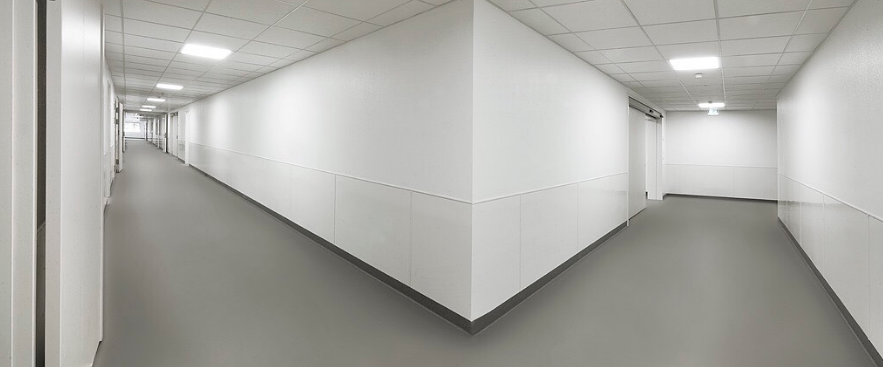
Where should hygienic cladding be used?
There are industries where hygienic cladding is necessary and recommended.
Traditionally, it is most commonly used in hospital, laboratories, clinics and surgeries in order to reduce bacteria growth or spread, to low the high exposure to contamination and to maintain hygienic workers and patients’ environment.
Secondly, PVC hygienic cladding are used in food preparation areas like commercial kitchens, food factories and catering facilities. Since the cleaning processes is easier than the other wall cladding sheet types thanks to its chemical resistant quality.
Finally, it could also be seen in bathrooms, schools, sports halls and gyms.
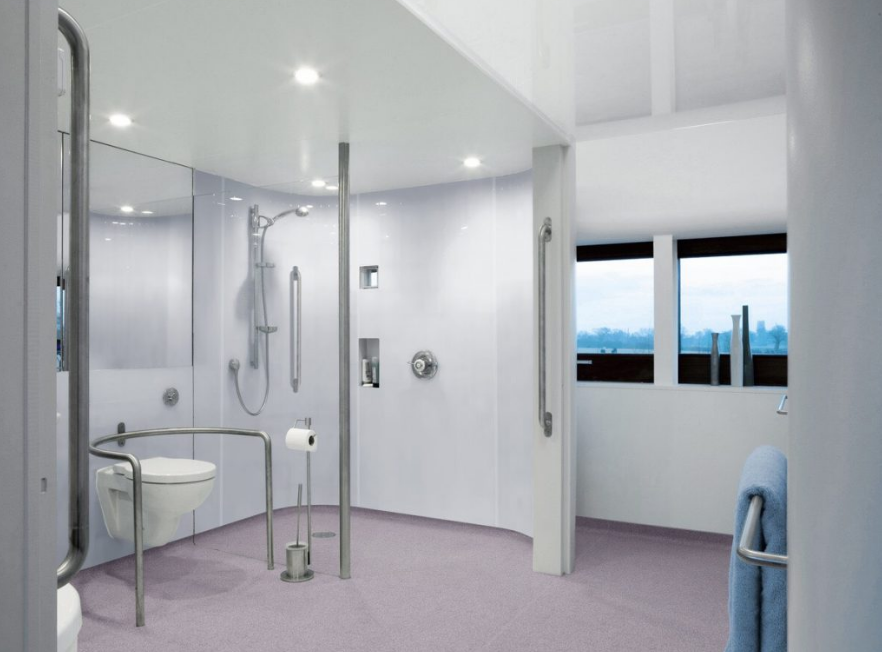
So, if you end up to be in one of these businesses and you would like to protect your workers and your clients from bacteria and giving them a hygienic and protect environment, you should look at PVC hygienic wall cladding.
What are the main benefits of hygienic wall cladding?
Compared to traditional walls and tiles, the PVC hygienic wall cladding has benefits that others do not have.
Here are four advantages:
Hygienic properties
The PVC hygienic wall cladding has been designed specially for hygienic purposes. It has no porous or grouted areas, for this reason does not harbour bacteria because they will not assemble in small or hidden components that can go unmissed.
It has a waterproof nature which means that any spill will not be sticking and staining on the wall surfaces. Therefore it is easier to clean and uphold protection for longer.
The external property of the wall cladding is chemical, moist and heat-resistant, making the hygienic wall cladding ideal for laboratories and hospitals.
Cost-effective
It is proven that hygienic wall cladding is cost-effective compared to traditional tiling. Considering that it is durable, low maintenance and impact resistant.
It could be installed over an entire wall, it won’t break the bank and it will provide you with years of services ensuring a healthy environment for workers and clients.
Hygiene cladding requires less preparation. Tiles require not only placing a single rectangle but must also ensure correct alignment and adequate grout. PVC hygienic cladding sheets are denser than ceramic tiles making them an economical alternative to traditional tiles, as the installation is easy and cost effective. Hygienic wall panels are made to be easy and clean and it is therefore suited to places where sanitation is important, like kitchens, laboratories, or lavatory.
Durability
One of the main advantages of the PVC hygienic wall cladding is that it has an extremely durability. It is long-lasting, impact resistant, it stands the test of time, and defeats the need for replacement.
It does not flake or corrode like paint or steel and in case of need it could be easily removed and replaced with any excessive effort.
Aesthetically pleasing
Probably unexpectedly, you will be pleased to know that the hygienic wall cladding could be aesthetically pleasing.
It is available in different shapes, sizes, colours and patterns. Mostly, it could be customisable and printable, giving you the opportunity to styling it and adapting it at any interior design.
PVC cladding is painted too. Is that right? You have to be prepared to use this product properly. Check the surface to remove any debris that will interfere with the painting process. Always apply primers to paint before using paint.
In addition, thanks to the smooth and modern finish, the hygienic wall cladding can fit into almost every environment in order to create a fresh and sleek result always providing an extremely hygienic benefit.

Conclusion
All in all, investing in hygienic wall cladding can have a lot of benefits, save time and money and essentially improve the hygienic standard of the environment.
